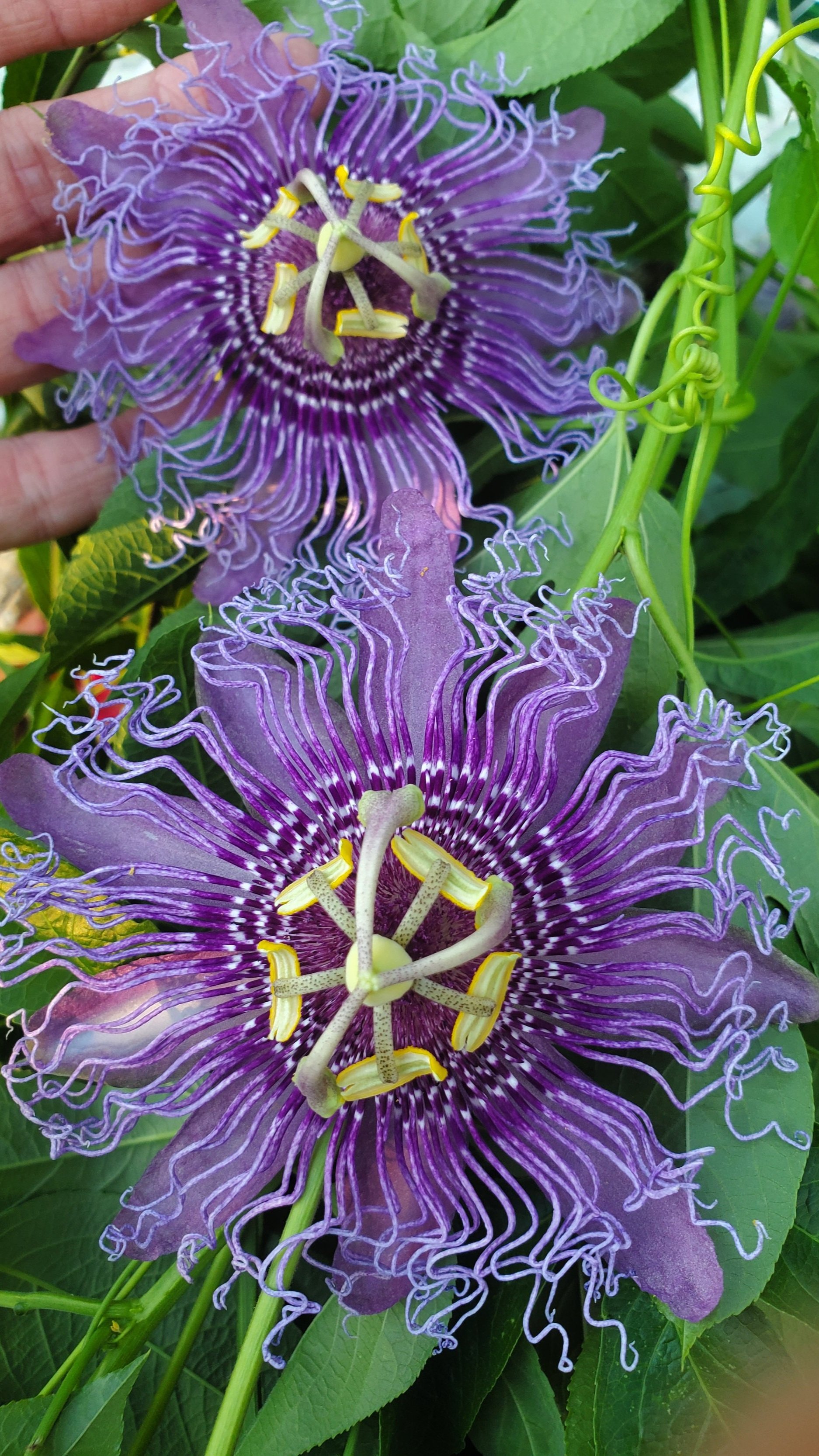CR Botanicals
My path has lead me to combine my love for learning about plants with my love for helping others. This is the story behind how CR Botanicals was born. I craft small batch herbal remedies that are offered to my community based on the seasons and availability. I am a true believer in supporting the body and sprit and plants cross that intersection beautifully.
This process is very much still evolving and I will soon have botanical allies available through my website, so stay tuned!
Please follow me on Instagram for updates on this process, my garden gatherings and general reflexology and herbal content.
Weedcrafting
Weedcrafting is using the plants that are considered to be non-native, invasive plants in your area as medicinal allies. Weedcrafting does not stop at flowers and annual plants that pop up in the spring such as cleavers. It can be an invasive species of trees and shrubs such as Vitex. The benefit of weedcrafting is taking something out of the ecosystem that does not belong there and allowing native species that help your natural ecosystem florish.
As Herbalism gains popularity and plant medicine gains momentum alot of our ecosystems suffer due to the over harvesting of native plants. If you are intrested in Herbalism and making plant medicine it is important to respect the land, animals and cultures of the plants you are harvesting. Use websites such as the US Fish and Wildlife Service for a list threatened of endangered plants. Another great resource is the American Botanical Council which also shares information on adultered botanicals. While I beleive Herbalism is the people’s medicine it is always a good idea to take classes, visit local herb shops, herb farms and network with other herbalist when you start your journey.
Before you harvest make sure you know the history of the land and get permission. Look out for run off drains, places routinly sprayed with insecticide, or that animals frequent for bathroom breaks. Invest in a good field guilde and make sure you have proper idenifaction of each plant before collecting. It is your responsibitly to further reseach and make sure there are no counterindications, it is safe and appropiate for your needs.
Cleavers AKA The Permier Spring Weed!
Cleavers Galium aparine pops up in abundance as soon as the weather warms, is a great indicator that spring is on the way (or in Texas, is here). If you live by the seasons this plant is here to tell you it’s time to clear out the stagnant metalbolic waste you collected over winter. Cleavers are a gentle and a mild lymphatic circulator, it gently moves lymphatic congestion, is rich in choraphyll, promotes urinination and is cooling to urinary track and skin.
Cleavers are best fresh before they go to seed, I like to slurry them in my blender with a little water and make Cleaver ice cubes to be used in smothies. They can also be made into a poutice, which is grinding the herb into a paste and applied to skin irrations such as poison oak, ivy, and psoriasis.
Cleavers are ruled by the moon so it is cooling and moist plant. This plant also belongs to the coffee family or Rubiaceae family. The ripe seeds contain caffine and can also roasted and used as a coffee replacment!
Cleavers have straggling stems that branch out. They attach themselves to anything in their way with small hooked hairs that grow out of the leaves and stems. The leaves are stalkless in groups of 6-9 at each of the stem and they are whorled. They grow everywhere near crops, orchards, waste areas, disturbed areas, pastures, open woodlands, in gardens and like shade. They are very easy to find in spring.
Just sitting with Cleaver has a cooling and calming effect, try spending time with this gentle plant ally.
-Sarah

